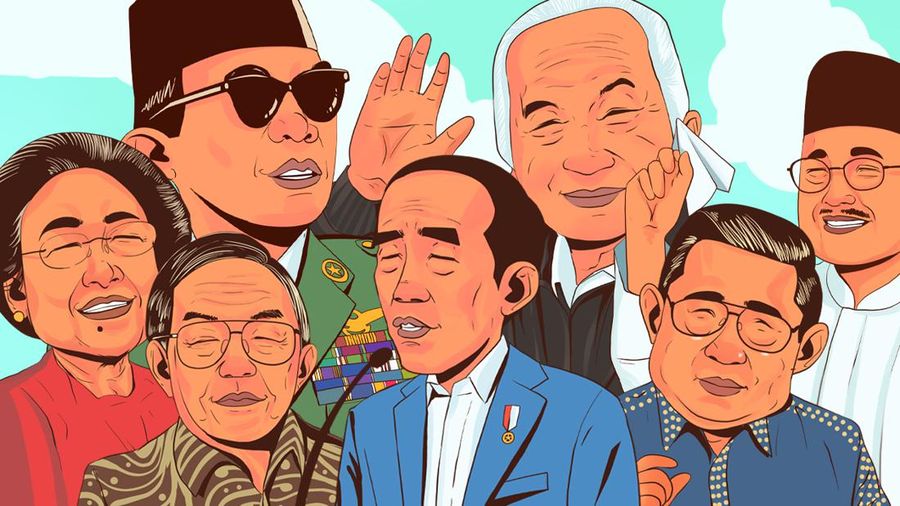Beijing, China – The electric vehicle (EV) industry in China, long regarded as a high-growth sector with global ambition, is entering a phase of strategic turbulence. At the center of the disruption is BYD, whose aggressive price-cutting tactics have triggered ripple effects across the supply chain, dealer networks, and policy environment.
For players across the EV value chain, the implications are immediate. Overcapacity remains a core structural issue, with utilization rates below 50%—putting pressure on OEMs to either consolidate, shift production strategy, or exit. The result is a market marked by volatility and margin compression, where even leading players like BYD have lost over US$21 billion in market value within weeks.
Government efforts to stabilize the landscape—through closed-door engagements and public calls for “self-regulation”—highlight the growing urgency. Yet for many corporate leaders, these interventions may not be enough to offset the cascading risks to capital expenditure planning, supplier relations, and long-term market positioning.
Supply chain partners are particularly exposed. BYD’s late-2024 demand for price cuts from its vendors has reignited scrutiny on the use of supply chain financing and its potential to obscure rising debt burdens. A report by GMT Research placed BYD’s adjusted net debt at over 323 billion yuan, casting doubt on the sustainability of current operating models.
Meanwhile, dealership networks in at least two provinces have shuttered operations since April, underscoring the fragility of downstream operations. The risk to after-sales service consistency and brand equity is growing, especially as consumer trust erodes in the face of unpredictable pricing.
Industry analysts also warn that the situation is reshaping export strategies. With developed markets erecting trade barriers and Southeast Asia nearing saturation, automakers must rethink international growth assumptions and reevaluate logistics and compliance infrastructure.
In the context of a consolidating global EV landscape, China’s internal shake-up serves as both a challenge and an inflection point. The strategic imperative for business leaders: adapt operating models quickly, reinforce supplier stability, and build resilience amid an increasingly volatile market.






